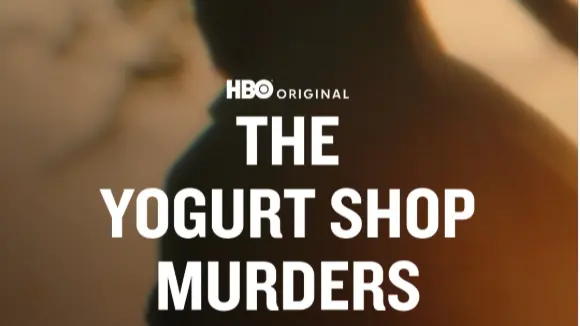HBO’s The Yogurt Shop Murders director opens up on new DNA advances in the 1991 Case
-

The Yogurt Murder Case (1991) remains unsolved even after 33 years, and the case still has no progress in finding out the culprits. Four teenage girls were ‘’fatally shot’’ in a frozen yogurt shop named I Can’t Believe It’s Yogurt! In Texas, Austin.
The four victims, Amy Ayers (13), Jennifer Harbison (17), Sarah Harbison (15), and Eliza Thomas (17), have still not received justice and have left the investigators and the locals scratching their heads as to find out the mystery behind the killings. What made the headlines three decades ago is now again in the spotlight as HBO’s new docuseries, 'The Yogurt Shop Murders,' explores the trauma of the family and how the crime and investigation of the case unfolded, leaving no clues to find the murderer.

The series, created by Margaret Brown, premiered weekly on Sunday nights from August 3 to August 24. Her main focus in bringing the cold case to the screen was “dealing with trauma in our lives, and how we can and can’t hold on to memory and all its facets.” Rare footage from the case, filmed by local Austin filmmaker Claire Huie, is included in the docuseries.
“Who killed these girls?” Well, the question still has no answer, but the investigation continues. Detectives have a lead through DNA samples, and new forensic advancements might finally help solve the case. The director of the show has now opened up about the same.
Margaret Brown hopes the DNA sample might lead to the suspect in the Yogurt Shop Murder case
Detective Dan Jackson was assigned to the case in 2022, and he hopes ‘’to build a profile from the DNA sample that will lead him to a suspect.’’ The families have suffered enough, and the case had built up the hopes when two men were convicted for the murder, but were released in 2009 when their convictions were overturned.
In an interview with Deadline, Detective Dan Jackson makes sure that he keeps the victims’ families updated and said,
‘’I think, more than you would a normal case, just because I think after these 34 years, they deserve to know that this case is not sitting in a basement somewhere, and that’s actively being worked. I work on this case just about every day of my life.’’
He shared that the families understand that he can’t share everything, but whatever he can disclose, he does. There are “other avenues” investigators are pursuing, but cannot yet reveal. However, he does share details about one critical avenue, which is the DNA evidence.
Detective Jackson is still following one major clue, a tiny amount of DNA found on a vaginal swab from one of the victims. This DNA doesn’t match any of the suspects or even the investigators, but earlier tests on it helped free the men who were wrongly convicted. Detectives hope it could still solve the case now.
DNA testing has improved a lot since 1991. Jackson says that now, scientists may be able to build a much clearer profile from the small sample that remains. Back when the murders happened, investigators would have needed a large amount of blood to test, but today, just a few cells are enough. Even mixed samples can now be tested, which wasn’t possible before.
The documentary also shows how smart the first investigators were. They asked the coroner not to move the bodies until DNA swabs were taken, something unusual at the time. Because of that decision, detectives still have DNA to test today.
Upon this insightful update about the case, the director said,
“The fact that [the detectives] convinced them to stay and swab the bodies was — thank God, because there would be nothing now, if that hadn’t happened.”
The director talked about the grief that the families went through
She spent years investigating and interrogating to highlight the real side of the case behind those made-up theories. Their loss was unimaginable, and as per Deadline, “One thing she learned is, grief is different for everybody.”
She added,
“As long as you’re coming from a place of genuine curiosity and care, that’s the best you can do, but it was really hard because I did walk in fear of re-traumatizing people. I think often, if I did say something and it was a misstep…I would just say, ‘I’m sorry. I didn’t mean it that way. This is my intention.’ That usually diffused it, in a way. Not always.”
It was tough for Brown to interrogate them, especially the mother of the two Harbison sisters, Barbara Ayres-Wilson. Brown said to Deadline,
‘’I had talked to Barbara for a long time, and I just thought I’d never be able to get her to do it, because she was just done with media. She told me once that whenever she talks to the media now, it took her weeks to recover, and she would just lay in bed.”
Brown continued,
“When she told me that…my producers were like, ‘Are you gonna ask Barbara?’ And I would feel like, ‘F*ck, no, I’m not gonna ask Barbara. Barbara’s been through enough.’ It was both her children.”
Now, DNA sample and technology advancements can create an ‘’optimistic’’ turn for the 33-year-old, The Yougurt Murder Case. The finale of the show was open-ended, with families living in the memories of the loved ones, but hopefully, justice and answers will come soon through the ongoing investigation.
TOPICS: The Yogurt Shop Murders